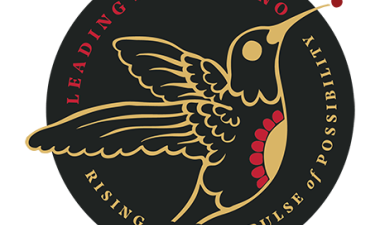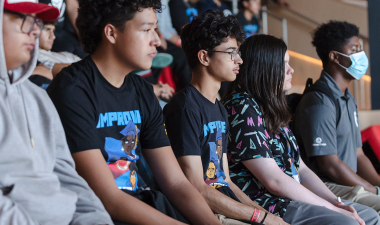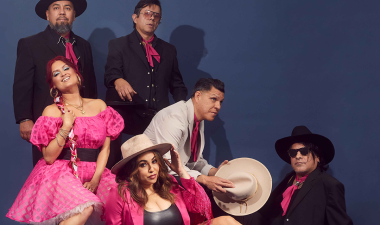Honoring a tradition that dates back some 3,000 years, Stanislaus State will commemorate Día de los Muertos, or Day of the Dead, with a variety of programs, including community altars to which all may contribute.
Just as the Aztec honored their dead by providing food, water and tools to assist loved ones traveling to what they believed to be the final resting place after death, contemporary Mexicans and Mexican Americans continue the tradition. They celebrate the time they believe the border between the spirit world and the real world is lifted, and they welcome loved ones with their favorite foods and other offerings at their gravesites or on ofrendas, or altars, built in their homes or at other sites.
Stan State has plans for multiple ofrendas.
Students in Assistant Professor Juvenal Caporale’s Education for Social Justice class (Ethnic Studies 4040) will create virtual altars and present them during the Ethnic Studies commemoration beginning at 5 p.m. Thursday, Nov. 3. The Zoom event also will feature a panel discussion. Registration is required.
The Warrior Cross Cultural Center (WCCC), in collaboration with the Vasché Library at the Turlock campus, is creating a community altar, and all are welcome to contribute an image of a deceased loved one.
The altar will be created in the WCCC space, Library 203, and photos that are 5x7 inches or smaller may be dropped off by Friday, Oct. 28. The altar will be on display Monday, Oct. 31 through Wednesday, Nov. 2.
The Stockton Campus will create a similar community altar in its Library.
Colored tissue paper and instructions to make marigolds or cempasúchitl, the traditional flower of altars, are available now through Nov. 2 at the Stockton Campus Library. Students may stop in during regular Library hours (9 a.m. to7 p.m. Monday-Thursday and 9 a.m. to 5 p.m. Friday).
Additionally, sugar skull keychains, 3D printed from Stan State’s makerspace, the FabLab, will be available for students to decorate in the Stockton Campus Library from 9 a.m. to 7 p.m. Tuesday, Nov. 1.
The sugar skull is one of the most prominent symbols of Día de los Muertos.
It dates to the early 20th century, according to History.com, when “printer and cartoonist José Guadalupe Posada incorporated skeletal figures in his art mocking politicians and commenting on revolutionary politics. His most well-known work, “La Calavera Catrina,” or “Elegant Skull,” features a female skeleton adorned with makeup and dressed in fancy clothes. The 1910 etching was intended as a statement about Mexicans adopting European fashions over their own heritage and traditions. It was adopted as one of the most recognizable Day of the Dead icons.”
Day of the Dead began as a more rural tradition but gradually spread to larger cities and into the United States with its large Mexican American population. Its place in pop culture, including its inclusion in the 2015 James Bond film, “Spectre” and Disney/Pixar’s animated “Coco” only enhanced awareness, and celebrations have grown.
Stan State’s InterVarsity Christian Fellowship (IVCF) has embraced the Day of the Dead to probe the mourning process.
The organization will have a table in the Quad from 10 a.m. to 2 p.m. Tuesday, Wednesday and Thursday (Oct. 25-27). A panel with a variety of options will invite students to consider which best describes their traditions for mourning loved ones.
If the student is willing to listen, a member will share a story from the New Testament in which Jesus encounters people mourning death. IVCF members believe faith is comforting and for some, a tool to bolster mental health.
“One of our underlying hopes, understanding that coming out of the pandemic many students are dealing with anxiety and other mental health concerns, is that we can connect with those students who could find faith to be one of the tools to confront these issues,” said Daniel Glaeser, campus staff member for the organization and lead pastor of Atwater First Church of the Nazarene. “We recognize that not everyone will find faith to be an asset to them, but we want to be able to connect students who do with communities of small groups of students who meet on campus weekly.”



